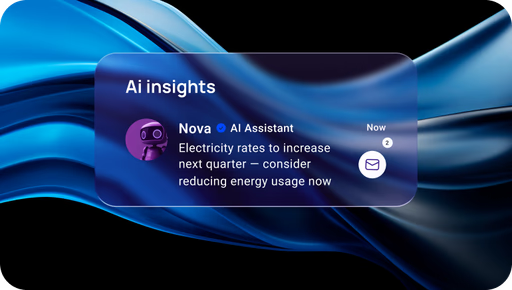August 22, 2025 • Tips & Tricks
Why 2025 Is the Year of Fintech and How to Ride the Wave
By Noah Ibrahim

Open banking, embedded finance, and AI underwriting are converging in 2025 to make financial building blocks composable and accessible. This article maps trends and practical steps to benefit from them.
Overview — composability and speed as the defining traits
Fintech is moving toward composable services—APIs that let companies plug in payments, accounts, and credit—so product teams can build financial features quickly without heavy infrastructure.
Open banking & API-led finance
Open banking APIs enable secure data sharing and account-level operations that previously required complex integrations.
Embedded payments & checkout optimization
Embedding payments inside apps and platforms reduces friction and increases conversion—developers can add rails with a few API calls.
Real-time underwriting & credit via AI
AI models that use alternative data and real-time cashflow allow faster and fairer credit decisions for small businesses and consumers.
- Supports underserved SMBs with real-time credit decisions.
- Reduces manual underwriting bottlenecks.
Risk, compliance & responsible innovation
As features accelerate, compliance and risk controls must be integral. Build with privacy, auditability, and monitoring in mind.
How this works — a practical 90-day roadmap
Week 1–2: choose a partner for embedded accounts/payments. Week 3–6: implement one payment flow and reconcile. Week 7–12: add automated reconciliation and a pilot for AI-driven credit or analytics.
Final Thoughts
2025 favors builders who adopt composable financial primitives and measure results. Start with one flow, show value, then expand into a platform of integrated finance features.
More Blogs
August 10, 2025
7 Ways AI Can Help Manage Your Financial Expenses
August 11, 2025
A Glimpse Into the Daily Lives of Freelancers Who Use Kaisel
August 16, 2025
The Secret Fintech Hacks Millionaires Use (That You Can Too)
August 18, 2025
Is Your Money Really Safe Online? The Truth About Banking Security
August 20, 2025
Can AI Really Manage and Predict Your Finances Better Than You?




